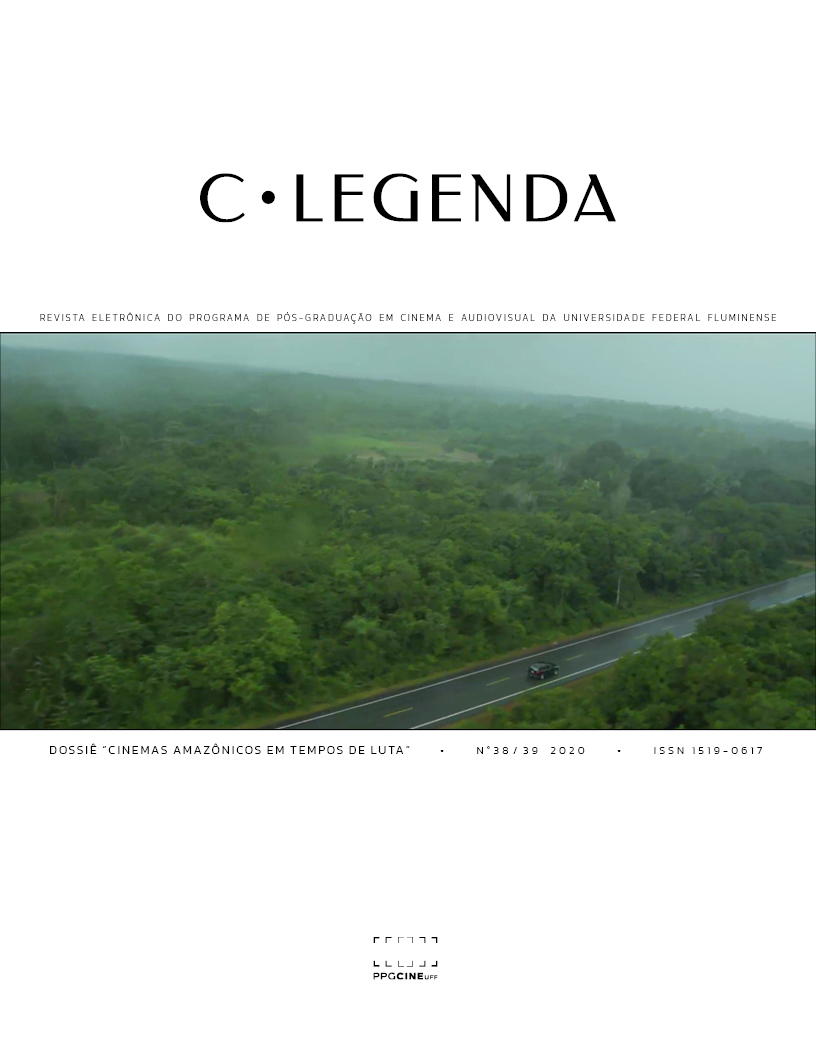The image-interface that emerges from Google Earth's Eu sou Amazônia project
Abstract
This article proposes to reflect how audiovisualities such as Google Earth's project “Eu sou Amazônia” present dynamics typical of a given technoculture, which are able to reveal an Amazônia memory that lasts and is constantly updated. For this, we highlight the presence of the software, as an environment in which the idea of image-interface (ARANTES, 2015; MONTAÑO, 2015) manifests itself and provides different experiences for the user willing to discover a virtual Amazônia. The image-interface used here brings up the debate about the subject's participation in the software environment. That is, in Eu sou Amazônia, in various scopes, the user is invited to produce his narrative flow about the Amazônia, ceasing to be just in front of different times of technical images and positions himself/herlself in the among these media as a subject of imagery experiences (ARANTES, 2015). As the methodological approach, we decided to perform media archeology movements, based on the idea of excavating different temporalities in the layers of the analyzed product. In this way, we develop considerations about the meanings of the Amazônia produced in this environment, acting with experiences promoted by the audiovisualities way of being.
Downloads
Downloads
Published
Issue
Section
License
Autores que publicam nesta revista concordam com os seguintes termos:- Autores mantém os direitos autorais e concedem à revista o direito de primeira publicação, com o trabalho simultaneamente licenciado sob a Creative Commons Atribuição-NãoComercial, CC BY-NC permitindo o compartilhamento do trabalho com reconhecimento da autoria do trabalho e publicação inicial nesta revista, sem que o material seja usado para fins comercias.
- Autores têm autorização para assumir contratos adicionais separadamente, para distribuição não-exclusiva da versão do trabalho publicada nesta revista (ex.: publicar em repositório institucional ou como capítulo de livro), com reconhecimento de autoria e publicação inicial nesta revista.
- Autores têm permissão e são estimulados a publicar e distribuir seu trabalho online (ex.: em repositórios institucionais ou na sua página pessoal) a qualquer ponto antes ou durante o processo editorial, já que isso pode gerar alterações produtivas, bem como aumentar o impacto e a citação do trabalho publicado (Veja O Efeito do Acesso Livre).


